Under the brand "Zenith" will be released a digital camera from "Leica"?

A few weeks ago, a lot of news sources had a very interesting interview with Igor Sergeev, Head of the Department for the Development of Civil Instrument Engineering at Shvabe JSC, about the participation of the S.A. Zverev in the production of digital mirrorless full-frame camera under the brand "Zenit".
Many speculations have appeared on the network on this topic, and in this article I will try to present a picture of what is happening.
A very brief excursion into history: PJSC Krasnogorsk Plant. S.A. Zvereva (previously, the Krasnogorsk Mechanical Plant (KMZ) has been manufacturing optical-mechanical products for various purposes since 1940s (mainly for the military-industrial complex). Photographic equipment produced for civilian use brought fame to the USSR (photo - and cameras, lenses.) As far as I know, at the moment, the plant serially produces a small set of lenses and, possibly, panoramic cameras (here we must understand that some of the products are made to order from the Lomographic Society: Jupiter 3 , Russar) and Horizons ). The plant is now part of the large Shvabe holding , which unites enterprises of the optical-electronic industry.
What about the release of a digital camera under the Zenith brand? An independent site zenitcamera.com , dedicated to the history of the Krasnogorsk Mechanical Plant (hereinafter - KMZ) and photo equipment produced by it will help us to shed light on this topic (domestic photo equipment lovers will be able to find there many interesting and new things for themselves).
What is the history of KMZ civilian digital technology ? Camera designs were developed for about fifteen years, but it did not go as far as mass production (one of the digital functional prototypes is depicted at the beginning of this article).
What is happening now?
The first mention of the visit of Leica representatives to the KMZ dates back to October 2016 . Further, with reference to the magazine of the Krasnogorsk plant “Patriot”, information is given on the meeting held in April, which was attended by representatives of the KMZ, Leica Camera AG and the design studio Smirnov Design . Here the situation is cleared up (the quote from zenitcamera.com goes further).
The meeting brought up for discussion questions on new key factors of pricing production cameras Zenit-D1 and Zenit-D11, editions of the issue, discussed the design of the new camera. Christopher Gredler (designer Leica Camera AG) presented the first design proposals for D1 cameras in Zenit style. By the end of April, an alternative design proposal will be presented by Smirnov Design and in the future it plans to support Leica (Christopher Grederler / Stephan Albrecht) on design and feasibility studies.
Camera D11 by prior arrangement, will have the design and name of Zorki. Also discussed was the need to lower the retail price of the camera, but to increase the circulation, unlike the original production and sales plan.
The mention of digital cameras "Zenit-D" and "Sharp-D" is in the presentation of the beginning of 2016, where, in particular, it is said that investment projects on these devices were absent at that time.
What is the design of "Sharp" and "Zenith"? In Germany, Leica cameras were produced, in the USSR they were copied as “FED”, after World War II the “FED” branch of KMZ became “Vigilant”, and already on the basis of “Vigilant” Zeniths were developed (so that Leica was the mother of Vigilant "and grandmother" Zenith ").
Leica II 

Keen eyes 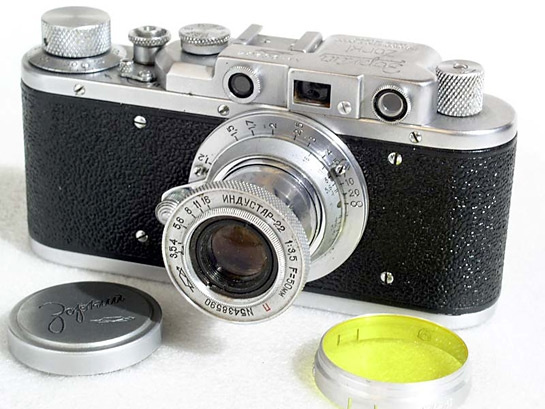
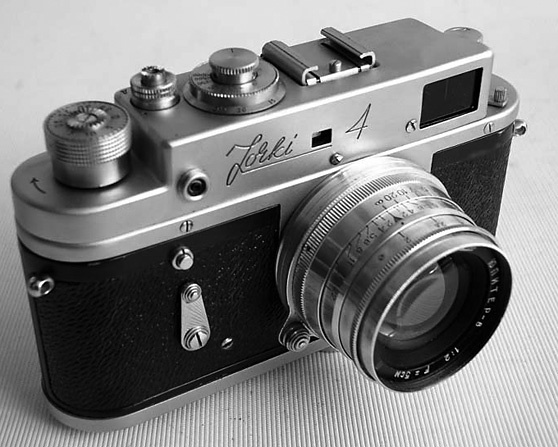


Zenith 



Finally, on the zenitcamera.com website there is an analysis of an interview with Igor Sergeyev, from which all the fuss started. The author of the analysis assumes that the digital camera released by the KMZ in collaboration with Leica will be expensive (comparable to Leica products for the price), participation of the Krasnogorsk plant will probably be reflected in the production of camera lenses and brand presentation (Igor Sergeev said in an interview that KMZ is part of the production of infrastructure for the production of optics for these cameras. And the electronics will be manufactured abroad ").
Now let's talk about how the camera might look. It is stated that the camera will be mirrorless: let's see what Leica can offer from mirrorless cameras.
First of all, it is, of course, rangefinder cameras in traditional design ( Leica M8, M9 and M10 ).
M10 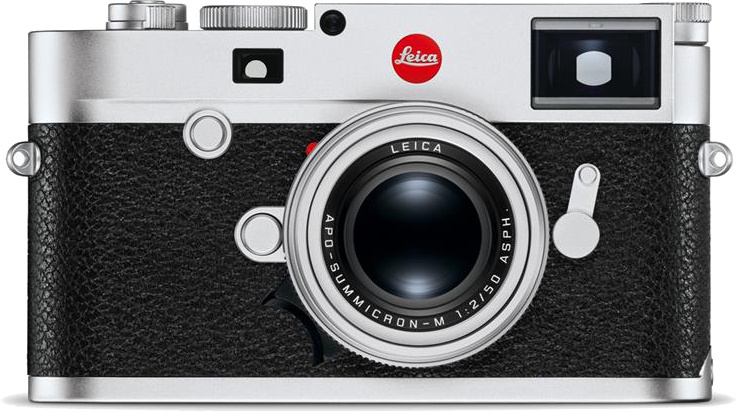

Secondly, this is the Leica Digilux 3 - repainted Panasonic . The model is outdated, but is an excellent example of cooperation Leica with other companies.
Leica Digilux 3 

Thirdly, there are various compact cameras ( Q , X , TL2 and D-Lux ). Here, even the lenses do not need to do - lepi the brand "Vigilant" and sell.
Leica x 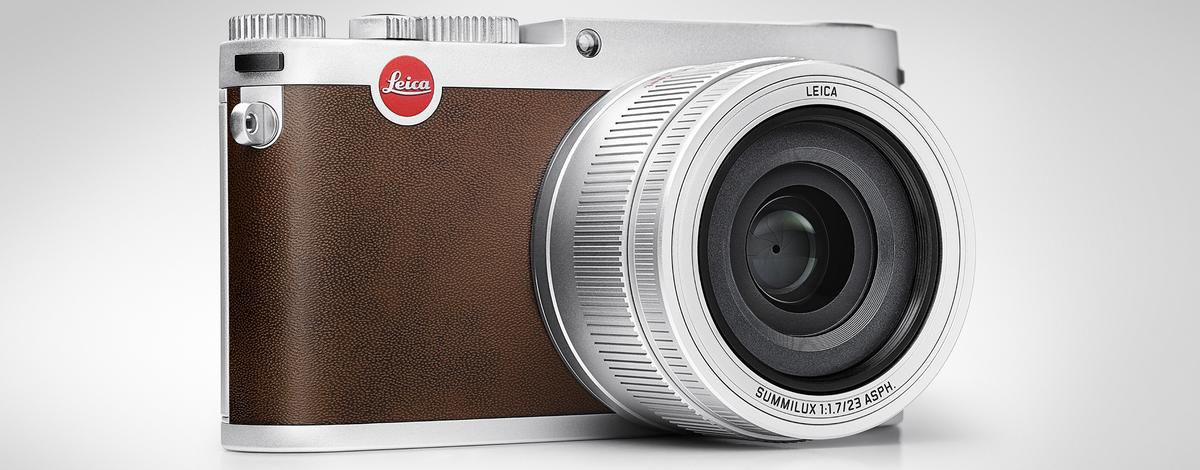

Any of the above cameras, in my opinion, can be manufactured under the brand "Vigilant", as with the developments of the KMZ, and with the "native" lenses.
What cameras can be released under the brand "Zenith"? At the moment there are two easily make-up under the camera reflex. The first is the V-Lux with a zoom lens.
Leica V-Lux 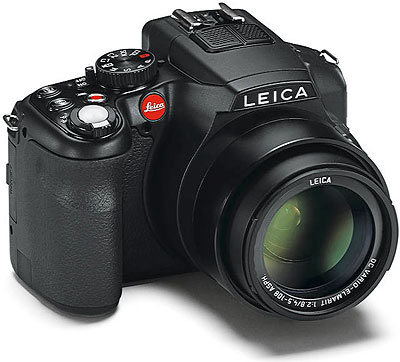
The second is the top Leica SL .
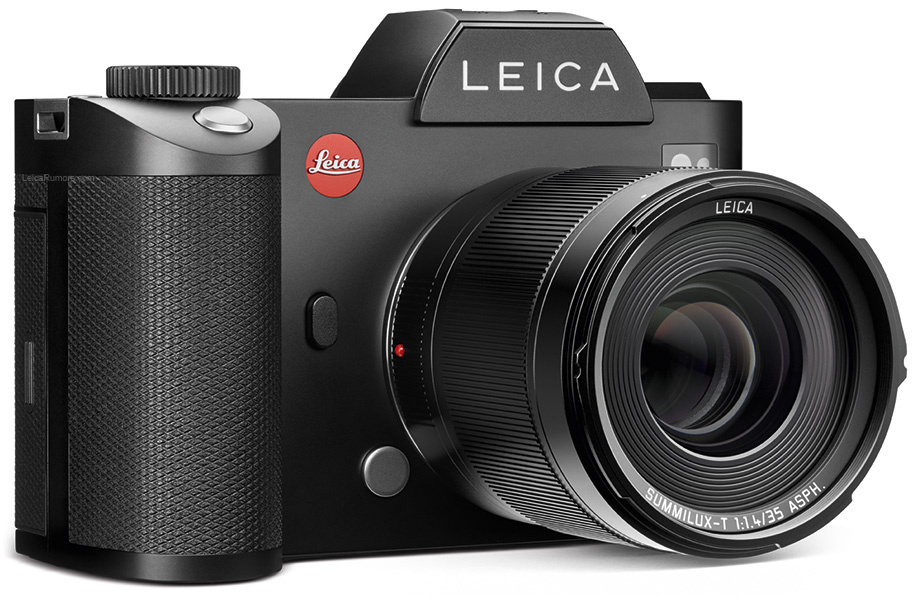
Why does all this need Leica? Additional markets never hurt. Leica can sell repainted compact cameras under the brand “Zorky” or “Zenith” (the price for the camera can be slightly reduced), M-cameras under the brand “Zorki” with KMZ optics included (the same Jupiter 3 , produced for the Lomographic Society ), its mirrorless flagship Leica SL under the Zenit brand - there are many options. Perhaps the case for the new camera will have a slightly modified geometry compared to existing Leica cameras.
The price of the most expensive version of the camera can be about a million Russian rubles (carcass + lens) or seventeen thousand dollars.
Moreover, they say that Leica is not so smooth. The Blackstone trading group, which for six years owned 44% (or 45% depending on the source) of Leica Camera AG’s shares, was dissatisfied with the concern’s work and, according to rumors, wants to sell its stake .
Let's hope that this news will result in interesting serial products, and the Krasnogorsk plant named after S.A. Zverev will be able to take maximum part in their development. It would be desirable that the plant with a great contribution to the domestic photo industry could show a decent result in the present.
It will be funny if the “Sharp-witted” and “Zenith” are reborn as descendants of “Leica”, this time - digital.
PS For those who wish to discuss the Soviet film technique in the comments, I recommend holding back my ardor and waiting a bit: if this article is of interest, I plan to publish several articles on the development of Soviet small format cameras.
All Articles